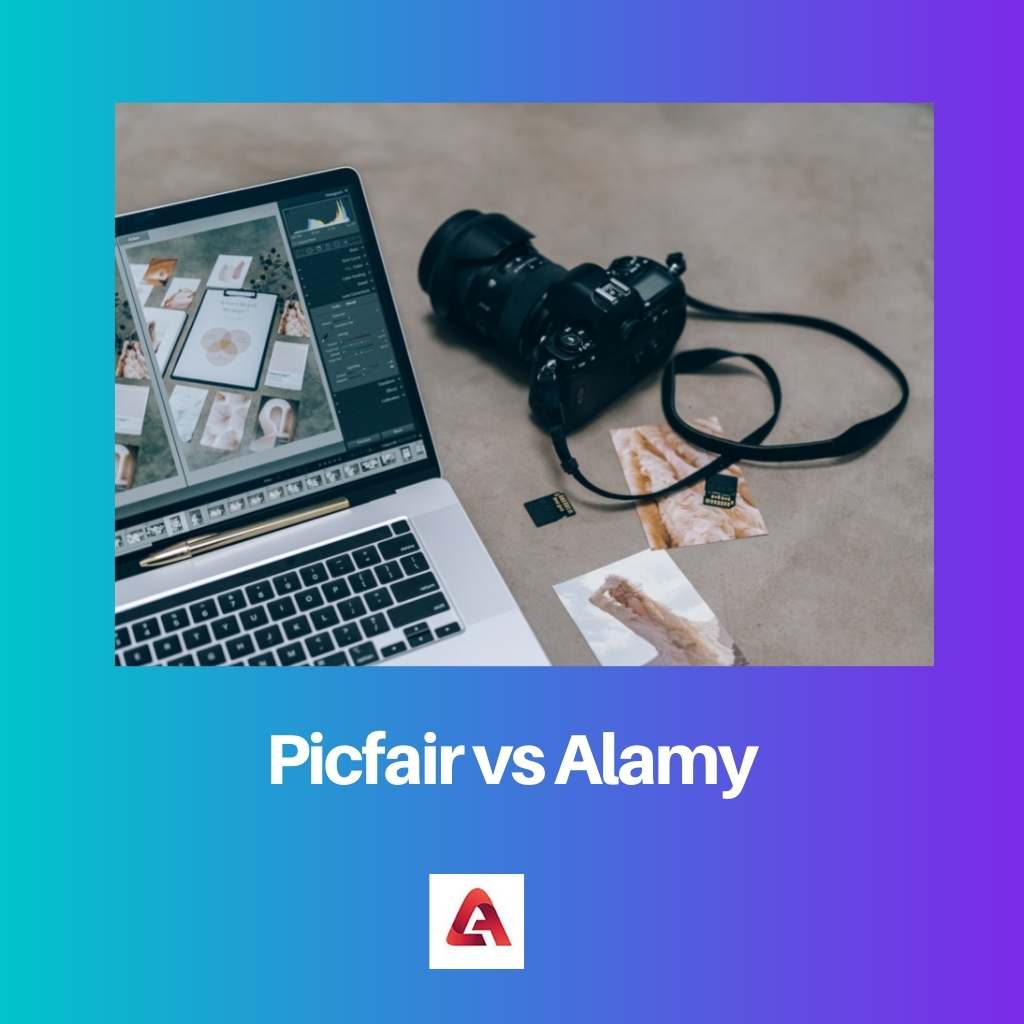There is always a way to turn your passion into your profession, and photography is no exception to that. Anyone who can take good pictures can make good money out of it. In today’s modern world, it is a thriving profession. There are various online platforms where one can easily sell their photos as stock and earn a good amount of money. Alamy and Picfair are the most popular sites where one can sell their photos and earn lots of money.
Key Takeaways
- Picfair allows photographers to set their prices for image licenses, while Alamy offers fixed pricing options.
- Picfair has a lower commission rate for photographers compared to Alamy.
- Alamy has a larger and more diverse image collection, while Picfair focuses on a curated selection of images.
Picfair vs Alamy
Picfair is an online service that deals with the buying and selling of different pictures from other individuals on the platform, and it was founded in 2013 by Benji Lanyado in the United Kingdom. Alamy is a photo trading service. It was founded in 1999 by Mike Fischer and James west in the USA.

Picfair is a company that sells and buys photos online. It was founded in 2013 by Benji Lanyado. This company is based in the United Kingdom but has branches spread all over the world. Both the processes for buying and selling photos in Picfair are a lot more transparent and profit-making than other websites.
On the other hand, Alamy is also a stock photography online platform. This company was founded by its two members, Mike Fischer and James West. It was based in the United States in 1999. In comparison to Picfair, the photo trading business is a bit expensive here.
Comparison Table
| Parameters of Comparison | Picfair | Alamy |
|---|---|---|
| Founding Year | Picfair was founded in 2013 | In 1999, Alamy was established as a photo trading company. |
| Creator | Picfair was an idea of a single man named Benji Lanyado. | This company was conceived by its two founding members. Mike Fischer and James West. |
| Country of Origin | Picfair was founded in the United Kingdom. | Alamy was founded in the United States. |
| Cost | Picfair allows its users to buy and sell their photos with prices decided by themselves. So it is less expensive than Alamy. | On the other hand, Alamy is a bit expensive. |
| Profitability | Picfair is profitable for buyers and sellers run on loss apparently. | But in Alamy, the selling and buying processes are more transparent and profit-making. |
What is Picfair?
Picfair is an online photo trading company where anyone can easily buy and sell images. Founded by Benji Lanyado in 2013, it is now one of the most used online platforms for picture trading. All these websites do not differ much in their integrations. But the licensing process depends from company to company. Picfair is very flexible to use in this category.
In Picfair, when a person purchases photography, the vast majority of the money goes directly to the photographer rather than an agency or other middlemen. It is very important to understand that photographers on Picfair are rewarded fully and fairly for their work.
Platforms like Picfair really look forward to how to sponsor the industry in a very good way. This is thought out to protect the artist and the creative and make sure that businesses and brands can also be sustainable as well. So Picfair ensures the safety and credibility of the artist on their platform and also the fact that creativity is not undervalued.
At Picfair, one can easily upload their pictures, price them accordingly and sell them at their convenience. It is fair towards their users and ensures that the seller gets his or her money safely.
What is Alamy?
Alamy is a similar online photo trading company where buying and selling pictures are very easy. This company was founded by Mike Fischer and James West in 1999 in the United Kingdom. The major difference between Picfair and Alamy is that the prices of the pictures are not set by the photographer but by the company.
The seller does not have much control over Alamy’s pricing. In the world of stock photography, pricing makes a major change for the seller. Since Alamy does not allow the artist to set the price of his or her photos, it is not the best choice when it comes to earning.
On the other hand, Alamy pays its photographers per photo download. But for most other sites, the amount of money you make is decided by the frequency of downloading every single image. Since the image credibility is a bit different here from other microstock agencies, payments get delayed.
However, Alamy offers millions of images on its website, and one can pick and choose any image he or she wants. So there is freedom in choosing by selecting the image. The quality of images is also not compromised, and it has its business support active all day.
Main Differences Between Picfair and Alamy
- Picfair allows its photographers to set the prices of their images. But in Alamy, the prices are not fixed by the person who is uploading the images. It is done by the platform itself.
- Picfair was founded in 2013, whereas Alamy was set up in 1999.
- The founder of Picfair is Benji Lanyadon. Mike Fischer and James West founded Alamy.
- The former company is based in the United States, and the latter is in the United Kingdom.
- In Picfair, the photographers have control over the pricing of the pictures. So they earn more. But in Alamy, they cannot fix the rate of the images. So they do not get all the profit a single image makes.



